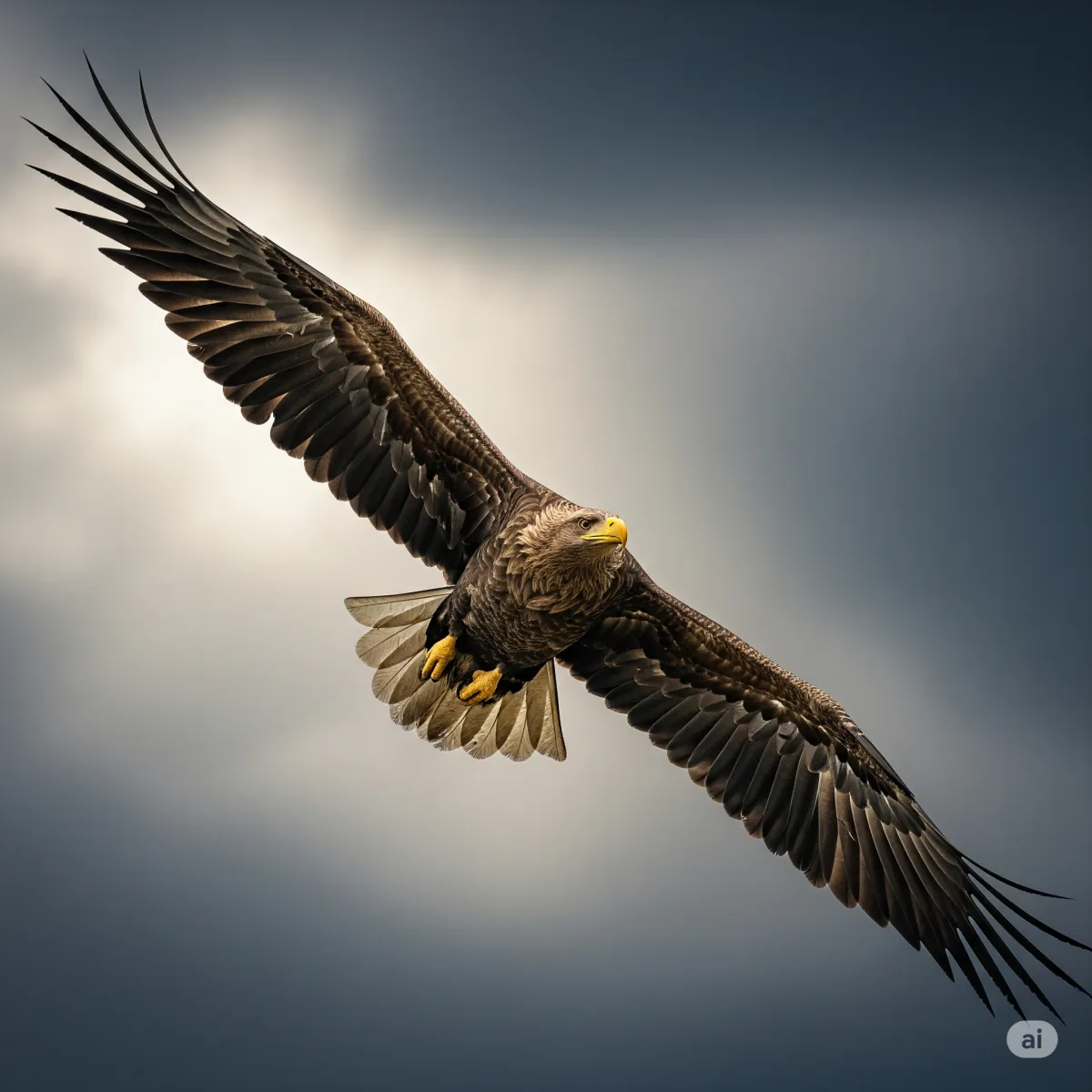Masters of the Air - An Expanded Exploration of Avian Flight Styles

Masters of the Air - An Expanded Exploration of Avian Flight Styles
Flight is arguably the most defining characteristic of birds, granting them a unique perspective on the world and allowing them to navigate vast distances with relative ease. It's a remarkable feat of evolution, enabling birds to escape predators, exploit aerial food sources, and colonize new environments. However, the term "flight" encompasses a wide range of techniques and adaptations. Not all birds fly in the same way. Over millions of years, evolution has shaped a dazzling array of flight styles, each meticulously tailored to the specific needs and environments of different bird species. In this part, we'll embark on a more detailed exploration of these fascinating variations in avian locomotion, examining the physics behind different flight techniques and the anatomical adaptations that make them possible.
Soaring and Gliding: Harnessing the Power of Air Currents
Some of the most awe-inspiring flyers are the masters of soaring and gliding. These birds, including eagles, vultures, hawks, and albatrosses, possess broad, expansive wings with distinctively slotted feathers at the tips. These adaptations are crucial for efficiently utilizing rising air currents, like thermals (columns of warm air rising from the ground) and updrafts (air deflected upwards by obstacles like hills or coastlines). By circling within these currents, they can gain significant altitude with minimal flapping, conserving precious energy for long-distance travel or extended periods of hunting.
The albatross, a truly remarkable example, is renowned for its unparalleled gliding abilities. These magnificent seabirds can spend years at sea, covering thousands of kilometers with barely a flap of their enormous wings. They are masters of dynamic soaring, a technique that involves using the wind gradient over the ocean's surface to gain energy. By skillfully maneuvering between areas of different wind speeds, they can extract energy from the wind itself, allowing them to glide effortlessly for incredible distances.
Flapping Flight: The Power of Wingbeats
While soaring and gliding are impressive, the majority of birds rely on flapping flight, using the powerful and rhythmic movements of their wings to generate both lift (the force that counteracts gravity) and thrust (the force that propels the bird forward). However, even within flapping flight, there is considerable variation in wing shape, size, and flapping style, resulting in a diverse range of flight capabilities.
Fast, Agile Flight: The Acrobats of the Air:
Birds like swallows, swifts, and hummingbirds are the acrobats of the avian world, possessing relatively short, pointed wings that allow for rapid flapping and exceptional maneuverability. Swallows, with their streamlined bodies and forked tails, can perform breathtaking aerial feats to catch insects on the wing. Hummingbirds, with their incredibly high wingbeat frequencies, can hover in mid-air with remarkable precision, allowing them to feed on nectar from flowers with their long, slender beaks.
Strong, Direct Flight: Sustained Power and Efficiency:
Birds like pigeons, ducks, and geese have broader wings that provide strong, direct flight. Their wingbeats are often more deliberate and powerful, allowing for sustained flight over moderate distances. They are capable of generating significant thrust, enabling them to fly at relatively high speeds and navigate through various weather conditions.
Hovering Flight: A Specialized Technique:
As mentioned earlier, hovering is a specialized and demanding form of flapping flight that requires rapid and precise wing movements to maintain a stationary position in the air. Hummingbirds are the masters of hovering, but other birds, like kestrels (a type of falcon), can also hover briefly by rapidly beating their wings and adjusting their tail as a rudder while scanning the ground for prey.
Flightless Birds: Adapting to Life on the Ground
It's crucial to remember that flight, while a defining characteristic of most birds, is not a universal trait. Over evolutionary time, some bird species have lost the ability to fly, often in environments where ground-based locomotion offered advantages. This can occur in the absence of significant predators or in environments where food resources are readily available on the ground. Flightless birds, like ostriches, emus, rheas, cassowaries, and kiwis, have evolved strong legs for running, allowing them to escape predators and cover large distances in search of food. Their wings may be reduced in size or have taken on other functions, such as aiding in balance or display. Penguins, another group of flightless birds, have adapted their wings into flippers, allowing them to "fly" through the water with remarkable agility.
The diverse ways in which birds have conquered the air, and in some cases, adapted to life without flight, highlight the remarkable power of natural selection in shaping their morphology and behavior. From the soaring albatross to the swift hummingbird and the ground-dwelling ostrich, each flight style represents a unique solution to the challenges of survival in a particular environment.